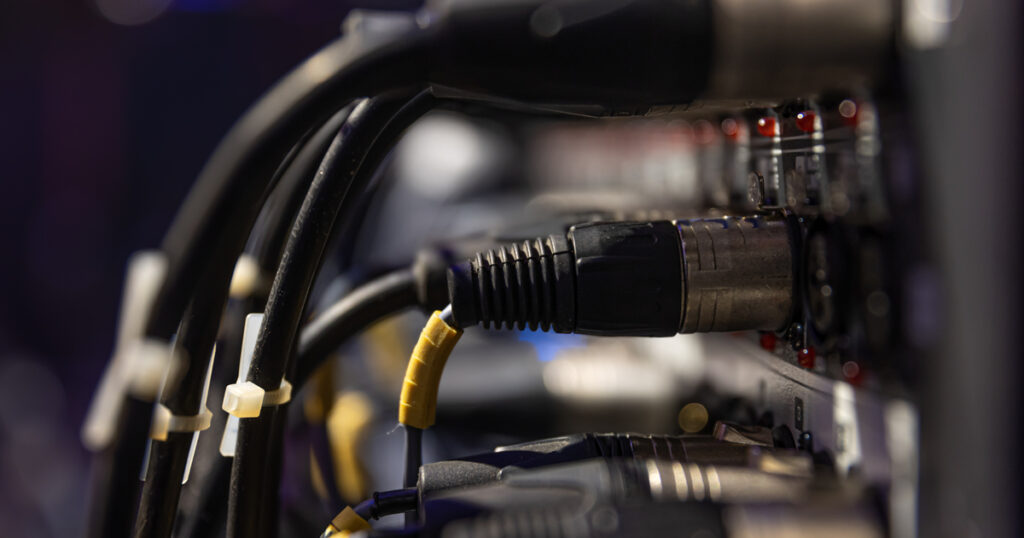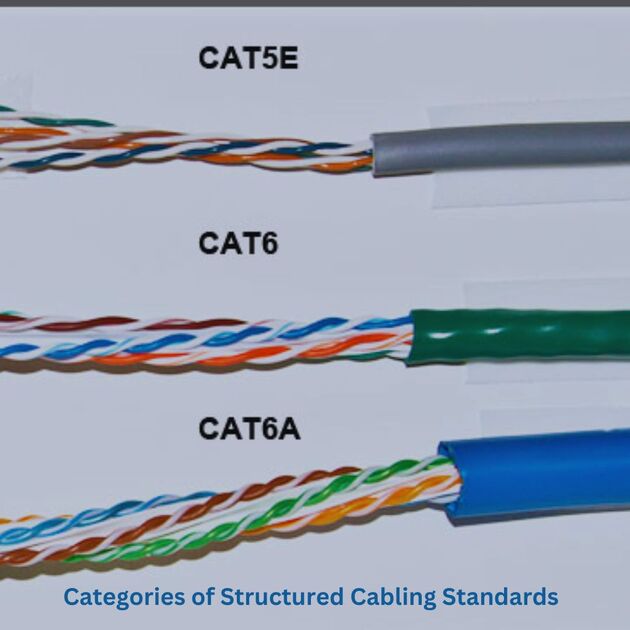
Structured cabling systems aren’t just cables and connectors; they’re the lifelines of your business’s connectivity. If you’ve ever wondered how data effortlessly flows through your workplace or why your network is the backbone of your business, you’re in the right place.
In this guide, we’ll explore all the crucial aspects of structured cabling services.
We’ll explore essential topics that will help you understand how this technology plays a fundamental role in your business. Whether you’re encountering connectivity issues or simply curious about the backbone of your operations. Let’s break it down and help you understand how this hidden infrastructure impacts your daily operations.
What is a structured cabling system?
A structured cabling system is a complete telecommunications infrastructure that provides a standardized pathway for the transmission of data, voice, and video signals. It consists of a variety of components, such as cables, connectors, and networking equipment. Structured cabling systems are designed to be flexible, scalable, and reliable, making them ideal for a wide range of applications.
Components of a Structured Cabling System:
Structured cabling systems consist of several key components that work together to provide a standardized pathway for data, voice, and video signals:
Telecommunications Room (TR): This room serves as the central hub of the system and houses essential networking equipment like routers, switches, and firewalls. It’s the heart of the network, where data is processed and distributed.
Vertical Backbone Cables: These are high-speed fibre optic cables that connect the TR to each floor of a building. They serve as the main arteries of the system, transmitting data between the central hub and various levels of the structure.
Horizontal Distribution Area (HDA): Found on each floor, the HDA contains networking equipment like patch panels and switches. It’s the point where the main backbone cables branch out horizontally to serve different areas or workstations on the same floor.
Horizontal Cables: These are typically twisted-pair cables (like Ethernet cables) that connect the HDA to individual workstations or devices within the office. They’re responsible for the final leg of the journey, carrying data, voice, and video signals to end-users.
The Three Categories of Structured Cabling Standards
Structured cabling standards are the foundation of a reliable network. They provide guidelines for creating consistent, scalable, and high-performing cabling systems. There are three main categories you should know:

- Category 5e (Cat 5e):
Speed: Cat 5e supports data transfer speeds of up to 1 gigabit per second (Gbps). This speed is suitable for most general business applications.
Versatility: Cat 5e cables are versatile and can be used for a wide range of applications. They are commonly used in small to medium-sized businesses.
Cat 5e cables are also relatively inexpensive and easy to install.
- Category 6 (Cat 6):
Speed: Cat 6 cables offer significantly higher performance than Cat 5e cables, with data transfer speeds of up to 10 Gbps. This makes them ideal for data-intensive applications.
Performance: Cat 6 cables are designed to reduce crosstalk and interference, making them ideal for data-intensive applications. They are often used in larger businesses and organizations, as well as in homes where high-speed internet is available.
- Category 6A (Cat 6A):
Speed: Cat 6A cables are the highest-performing type of ethernet cable currently available. They can support 10 Gbps data transfer speeds over longer distances than Cat 6 cables, and they offer even better resistance to crosstalk and interference.
Cat 6A cables are typically used in data centres and other enterprise environments where high performance and reliability are essential.
Enhanced Performance: Cat 6A cables have improved shielding, reducing electromagnetic interference. This results in better performance, especially in high-density environments.
Here is a table that summarizes the key differences between Cat 5e, Cat 6, and Cat 6A cables:
| Category | Speed | Performance | Applications | Cost | Compatibility | Installation Difficulty |
| Cat 5e | Up to 1 Gbps | Good | General business and home applications | Low | Yes | Easy |
| Cat 6 | Up to 10 Gbps | Better | Data-intensive applications, larger businesses, and organizations | Medium | Yes | Moderate |
| Cat 6A | Up to 10 Gbps over longer distances | Best | Data centers and other enterprise environments | High | Yes | Difficult |
The choice between these categories depends on your specific needs. If you have a small to medium-sized business with standard networking requirements, Cat 5e may be sufficient.
If you deal with data-intensive tasks and need a more robust connection, Cat 6 is a great choice.
For large enterprises and data centres with high demands, Cat 6A is the best option.
Each category is designed to meet various business requirements, so you can choose the one that aligns with your networking needs.
Applications and Benefits of Structured Cabling Systems

Structured cabling systems are incredibly versatile and offer numerous advantages:
Applications: These systems are employed in various settings, including commercial and government buildings, educational institutions, healthcare facilities, manufacturing plants, and retail stores. Essentially, anywhere that requires a reliable and scalable communication network.
Structured cabling systems provide several benefits, including:
Flexibility: They can be easily adapted to meet changing needs. For instance, if a company expands or reorganizes its office space, additional cables can be added without significant disruption.
Scalability: These systems are designed to grow with your organization. You can accommodate more users and devices as your business expands.
Reliability: Structured cabling systems are built to be robust and reliable, capable of withstanding various environmental conditions like temperature fluctuations and vibrations.
Security: They enable the implementation of security measures such as access control and data encryption to protect your network and sensitive information.
Structured cabling systems are the backbone of modern communications, ensuring that data, voice, and video signals flow seamlessly within organizations. They are essential for maintaining a high-performance telecommunications infrastructure and are a vital component of any modern building or campus, contributing to the efficiency and reliability of daily operations.
If you want to learn more about structured cabling system services, please feel free to contact us.
Structured Cabling: Your Business’s Secret Weapon for Connectivity and Security Read More »

